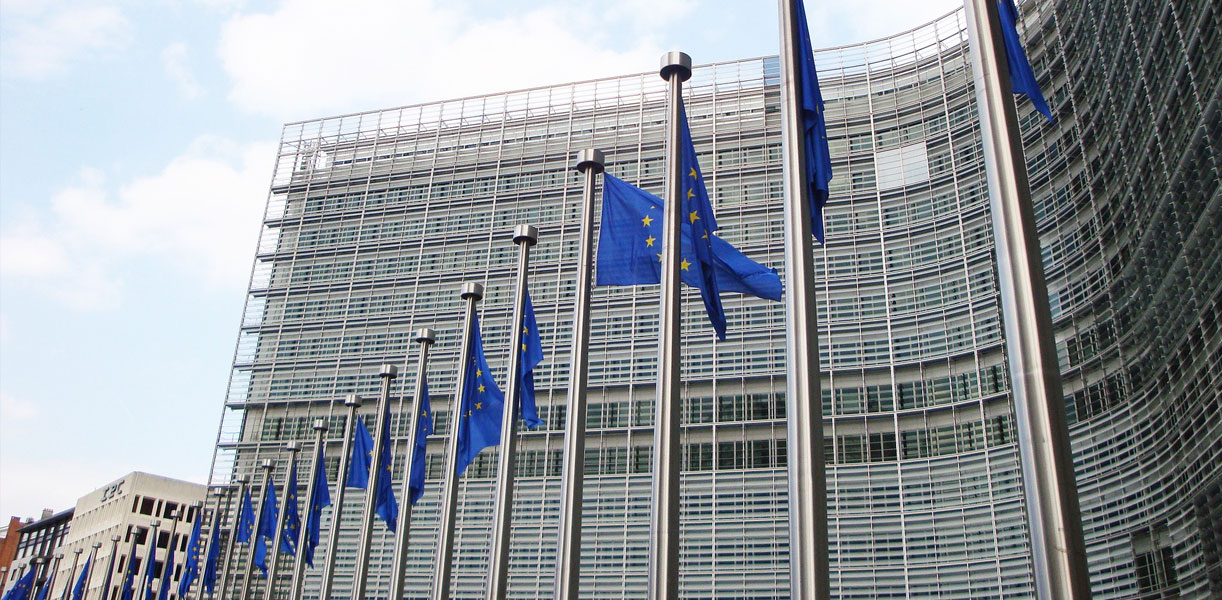June 18 this year the European Parliament adopted new provisions regarding the so-called sustainable investments. They assume, among others, the use of natural gas and nuclear power as transition technologies on the road to zero emissions.
The adopted regulations define six environmental goals, which include:
- Mitigation and adaptation to climate change,
- Sustainable use and protection of water and marine resources,
- Transition to a circular economy,
- Waste prevention and increasing the use of recyclable materials,
- Pollution prevention and control,
- Protection and restoration of biodiversity of ecosystems.
An economic activity will be considered environmentally sustainable if it contributes to one or more of these objectives, without causing significant harm to others.
As the EP emphasizes, establishing clear European “green” criteria for investors is key to obtaining more public and private funding so that the EU can become carbon neutral by 2050. The EC estimates that Europe needs an additional EUR 260 billion a year for additional investments to achieve their climate and energy goals by 2030. In the resolution, MEPs also called for priority to be given to investments under the COVID-19 Recovery Plan under the Green Agreement.
At the same time, the provisions include so-called transitional measures, i.e. measures that are incompatible with climate neutrality, but were considered necessary in the transition to a climate neutral economy. In their case, greenhouse gas emissions must correspond to the best results in the sector. Technologies eligible for transitional activities include gas and nuclear energy, but as noted, they must operate in full compliance with the principle “do not cause significant harm”.
The provisions will enter into force after publication in the EU Official Journal. At the same time, the EP announces that the European Commission will regularly update the technical control criteria for transitional activities and by 31 December 2021 should define criteria for identifying activities that have a significant negative impact on the environment.



